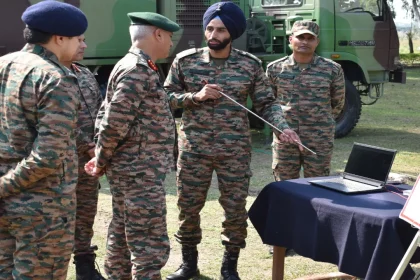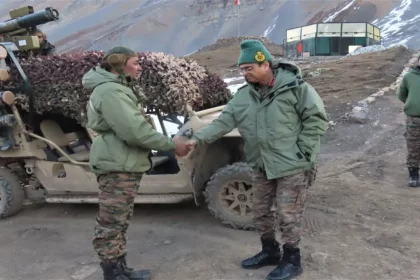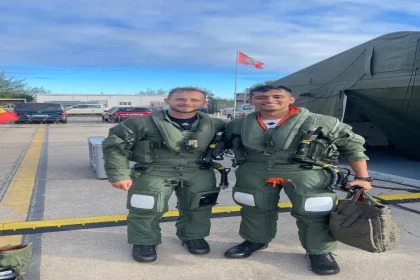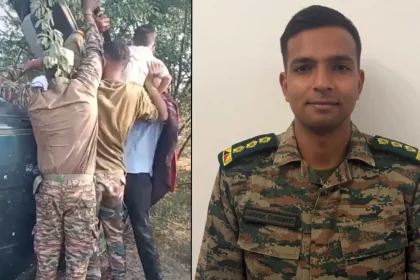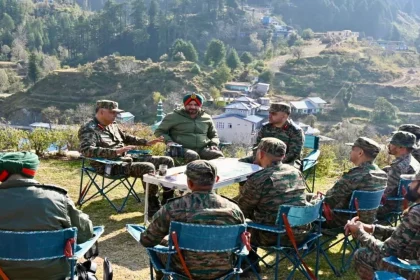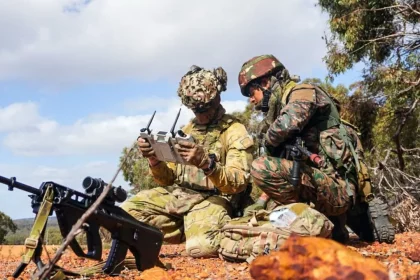Lt Gen Rajan Sharawat Reviews Operational Readiness, Praises Tech-Driven Excellence in Pathankot Sector
GOC Lauds Troops’ Innovation and Self-Reliant Tech Integration in Pathankot Sector.
Lt Gen Navin Sachdeva Reviews Operational Preparedness and Community Initiatives in Kumaon Sector
Lt Gen Sachdeva Highlights Troop Readiness and Community Empowerment in High-Altitude Kumaon Sector.
Indian Air Force Participates in Multinational Air Combat Exercise ‘Ocean Sky 2025’ in Spain
IAF Strengthens Global Ties and Combat Skills Through ‘Ocean Sky 2025’ Multinational Exercise.
2 Army Personnel Rescue Family of Three After Car Falls Into Ditch on Jodhpur–Jaipur Highway
Army Officers Display Exemplary Courage and Quick Thinking, Prevent Major Tragedy on Rajasthan Highway.
Lt Gen Prasanna Kishore Mishra Reviews Security Preparedness in Basantgarh, Commends Delta Force Troops
GOC Reiterates Commitment to Operational Excellence and Regional Stability During Basantgarh Visit.
DAC Approves ₹79,000 Crore Proposals to Boost Armed Forces’ Combat and Logistics Capabilities
Defence Acquisition Council Clears ₹79,000 Crore Indigenous Procurement to Strengthen Tri-Services Modernisation.

